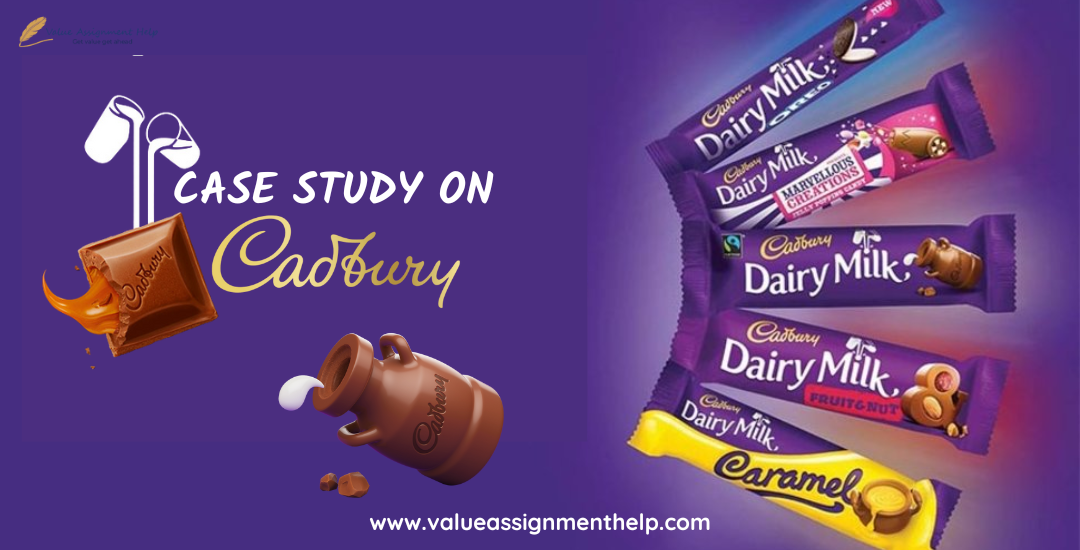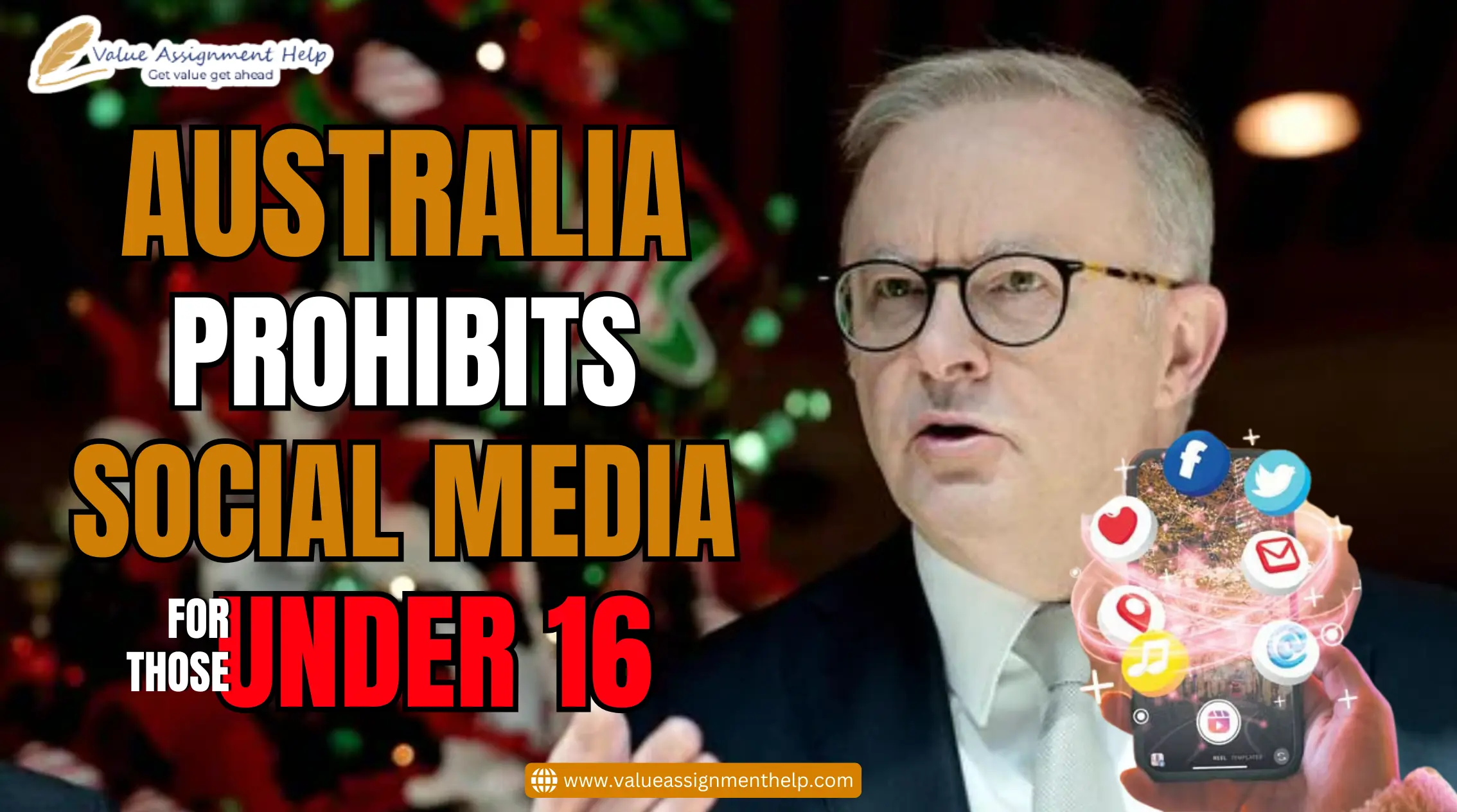
Search Assignments
Our Experts

Search Assignments

Customers Reviews
Unwrapping Cadbury
For all chocolate lovers out there, we are sure you must know about the famous chocolate brand Cadbury. Recollecting on our childhood, the fancy golden wrap packaging of the chocolate was fascinating. Carefully unwrapping the chocolate and then collecting them was my hidden passion. So We almost felt disappointed when Cadbury decided to discontinue them. Let us go through this article to know the journey of this fancy packaging and why Cadbury discontinued it. Stay with us till the end as we unravel the environmental impact of the decision.

Now, before diving into the packaging, let us quickly glance at the history of Cadbury. The chocolate brand Cadbury has penetrated so deep into the market that the first thing that comes to mind when we hear the name Cadbury is chocolate. It has become a synonym for chocolate. Because of its smooth and creamy textures, in India, Cadbury Dairy Milk is the most popular Chocolate among the youth, with a total share of 70% of the Indian Chocolate Market. Cadbury managed to dominate the market, selling around 350 Million chocolates worldwide on average yearly.
Today company has more than ten manufacturing plants and operates in more than 30 nations.
Cadbury is a British confectionary brand owned by Mondelez International, formally called Kraft Foods Inc. The company is the 2nd largest confectionary brand after Mars. Cadbury is best known for “Dairy Milk chocolates”, but apart from this, Cadbury also owns Oreo Biscuits and chocolates, Crème Egg, Bournville, Fudge, Twirl and many more.
The company was established in 1824 by John Cadbury in Birmingham, England. Initially, Cadbury dealt with tea, coffee and drinking chocolate. However, the company gained popularity, and by 1854, it had its Royal Pass (a kind of license to supply products for royal households) for Queen Victoria.
His sons, Richard Cadbury and George Cadbury, later inherited the company. George Cadbury, in 1904, came up with the idea of Dairy Milk chocolates, and by 1914, the product became a huge success.
To sustain and thrive in the competitive market, dairy Milk came up with the most simple yet revolutionary technique, which later formed the basis of the current chocolate industry. The strategy was to add one and a half glasses more Milk into the product & make it sweeter and tastier. This later became the idea of brand advertising and became a very successful campaign. This became the tagline for the brand, and In 1986, Cadbury added “one and a half glass of milk” to the brand's logo.
Fry’s (known for Fry’s chocolate crème) and Rowntree’s (known for Kit-Kat chocolates) were Cadbury's main competitors in the twentieth century. But, as Cadbury gained popularity and became widespread, in 1919, the company bought its major competitor J.S Fry’s and sons and expanded internationally into Australia.
The company later joined hands with Schweppes in 1969 and was renamed Cadbury Schweppes until 2008. In 2010, the company was bought by Kraft Foods Inc, and since then, is a subsidiary of the International confectionary giant Mondelez International. The brand has been in the market for nearly 200 years and continues to grow.
The organisation's mission is to provide quality products for its consumers worldwide. The Vision is to make a brand that people love, and indeed Cadbury is doing that quite well because we all cannot get over its delicious chocolates.
The brand packaging has not undergone drastic changes in the 1900s; however, it has gradually evolved from a Lilac background and red to purple and white. In addition, the packaging covered the chocolate in golden aluminium foil and then paper-wrapped it. Below is a glimpse of the changes in product design during the 1900s.
In the image, you see the 1905 packaging of the brand, with Purple always being in the packaging; it is, however, not similar to the purple packaging we see today.
In 2003, Cadbury faced a colossal tragedy that changed the packaging model entirely. On October 6, 2003, according to Reports published by FDA (Food and drug administration), Cadbury was found to be positive for “Insect Infestations”. As per the report, two dead and one live insects have been witnessed in the Cadbury chocolate.
The issue was raised by a shop owner in Maharashtra (India), who filed a complaint regarding finding the insect in one of Cadbury Chocolates. Soon, an investigation started, and FDA results came positive. This sped like wildfire among the people creating panic and anger among the masses. This was one of the lowest points in the history of Cadbury. Many People boycotted Cadbury, and the brand image was trembling.
Following the incident, a massive backlash was witnessed by the company. According to one article published in Business World, the company lost almost 45% of its sales in the peak festive season of Diwali.
In counter-reaction to finding a worm in the packaging, the company released an elaborative report claiming that high-end technology and manufacturing processes are used, and the issue has occurred due to poor product storage on the consumer end. Still, the FDA dismissed it, saying that safe manufacturing and packaging are the company's responsibility.
Hence, just publishing the reports was not enough to gain back the trust of peopFinally, le. Cadbury realized the partial fault was the packaging, which made it vulnerable to the distributor's and retailers' mishandling. Cadbury then decided to develop a brand New Packaging model for its products. This design model had Plastic sealed packaging for all of its products. It ultimately increased the cost by 15%, but the company considered it necessary.
After the brand gained the trust and reassured its customers about the quality of the products through constant communications and interactions, Cadbury decided to discontinue the foil packaging inside the Plastic Wrap. Designing a solid plastic cover meant that the old aluminium foil wrapping was no longer required to keep the chocolates fresh and will be taken care of by new Plastic Wrap packaging. That is how the future of shimmery wrapping foil ended in Cadbury Chocolates.
In a study, it was found that eliminating the foil from packaging reduces the packaging costs along with maintaining the sanity of the product. It was one of the significant reasons that Cadbury changed its packing process. Switching to flow-wrap packing also means the product could be packed in one go in a single place. It also reduced the handling and operating costs of the product.
Before the 2003 incident, the company used paper and foil for packing. Despite being an enormous organization, it was consciously environmentally friendly and did not produce any plastic waste through its packaging. But, after 2003, Cadbury used single-use packaging plastic wraps, and since then, there has been no going back.
In September 2021, the Parent company Mondelez International announced that it would pack its products in 30% recycled plastic but using recycled plastic does not do any good for the environment.
The thing about recycled plastic is that it can not be used again. The plastic has been recycled once and is called recycled plastic, so it would not be used again. Unfortunately, it would still end up in landfills or oceans and still take hundreds of years to decompose.
To summarise our research findings, it would be safe to say that Cadbury is not just a brand. It has become an emotion. It connects to the people so well that it almost feels like a part of our lifestyle. Who knew a single bar of chocolate could impact our lives so profoundly?
That being said, the brand's journey has not always been lovely. The
In our opinion, the packaging of the product (considering the environmental impacts of plastic) can be drastically improved. With the advancement in technology and growing awareness among people, it is the social responsibility of every brand to look for ways to attain a sustainable future.
After all, expecting it from Cadbury is natural. It has done it way before anyone, and so with conscious effort, Cadbury can surely do it again!




No Comments